The forgotten pioneer who saved Britain’s canals
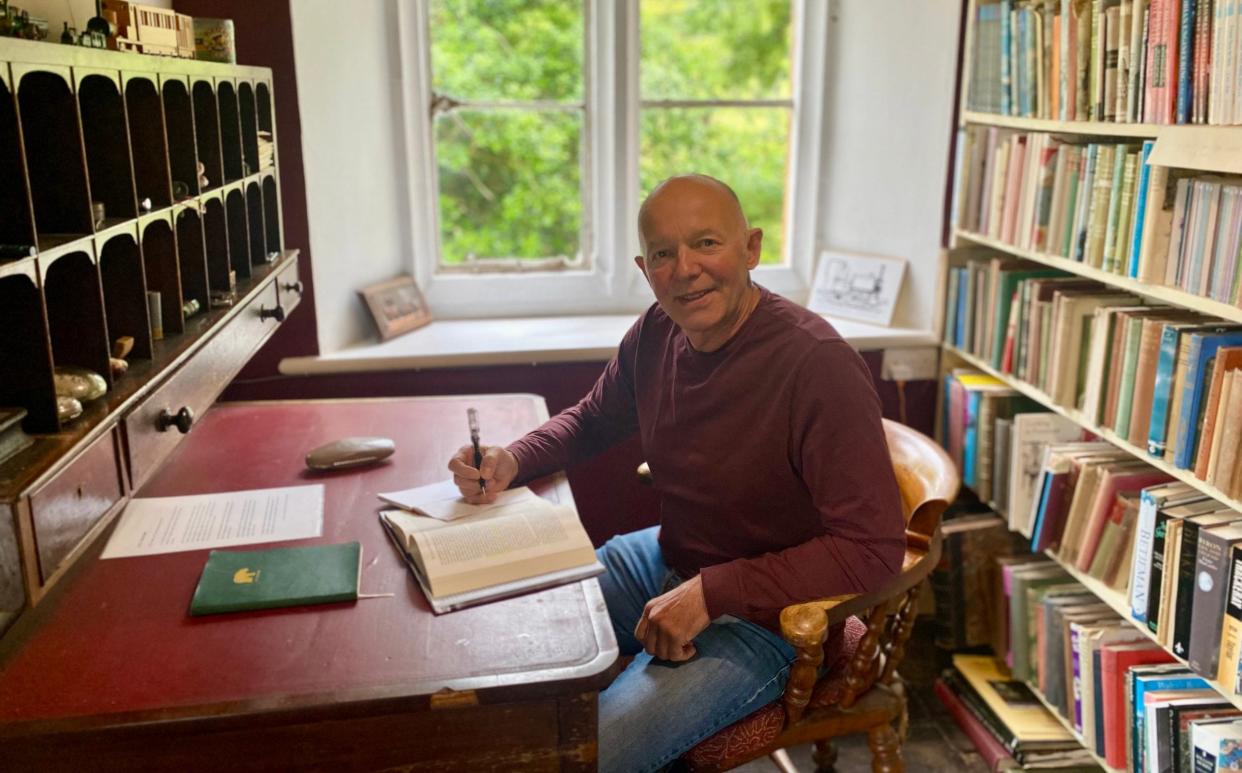
Tucked away in the Cotswolds, up a potholed, no-through lane, is a quiet farming hamlet of six houses and a tiny church where a Norman arch is slowly turning in on itself as the hill imperceptibly slides below. The churchyard of St Michael’s has no visible graves apart from one unmarked mossy hummock. This is the final resting place of Sonia Rolt (1919-2014). She lies beside her husband, Tom Rolt (1910-1974). Fifty years ago, Tom was the first person to be buried in this churchyard. Tom and Sonia had lived most of their married life in a handsome house a minute’s walk away.
Tom Rolt was a prolific author, writing more than 40 books in less than 40 years, mostly at the desk of his family home in this Gloucestershire hamlet, Stanley Pontlarge, eight miles from Cheltenham. Lionel Thomas Caswall Rolt, to use his full name, was also an engineer and campaigner. His 1944 book Narrow Boat, about his travels along the canals of England with his first wife Angela in a converted wooden cargo boat, complete with bath, was a bestseller. The success led to the formation of the Inland Waterways Association, responsible for saving canals from dereliction and ushering in an era of leisure use.
Prior to this, Tom’s first love had more velocity. He co-founded the Vintage Sports-Car Club and started the annual Prescott Hill Climb. He organised an Anglo-American vintage car rally (in which one of the vehicles that travelled the length of Britain was a steam-powered car). He also wrote about railways and Victorian engineers – Brunel and Telford – and campaigned to keep the narrow-gauge Talyllyn steam railway open in north Wales. Fitting then that since his death a railway that runs a few yards past the Rolt family home – now a holiday let – has been restored as a heritage line.
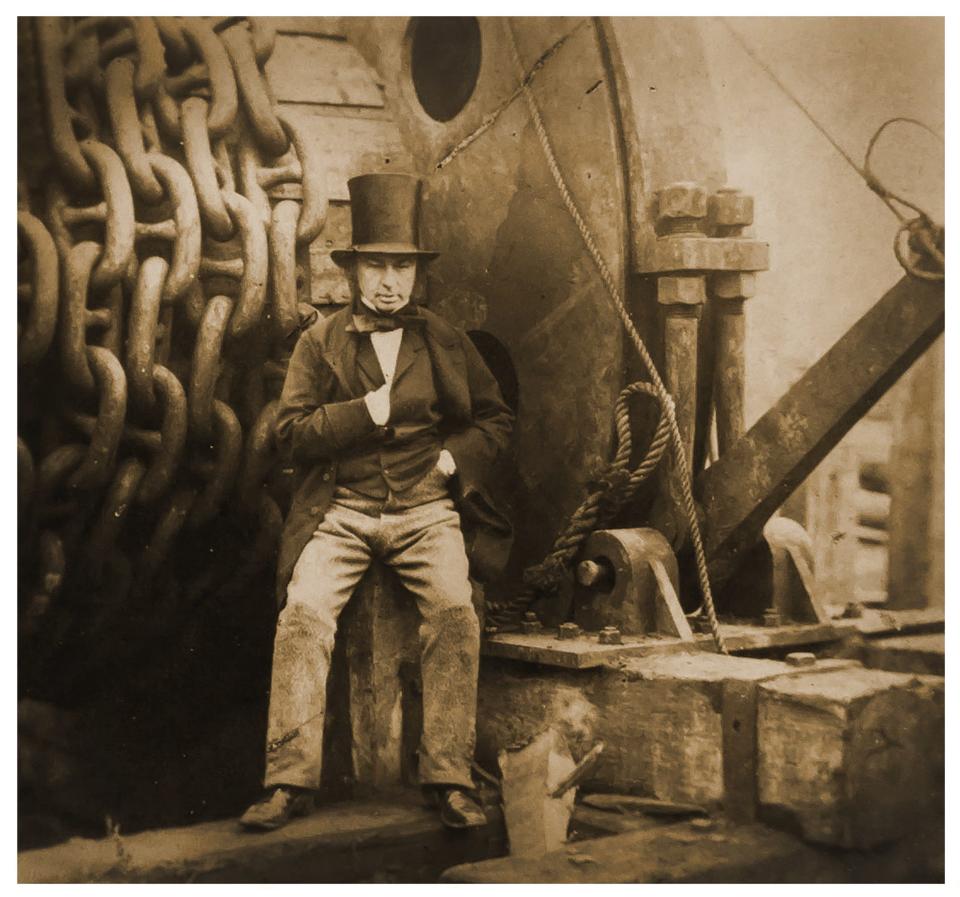
The Gloucestershire Warwickshire Steam Railway clatters and chuffs through honey-coloured villages between Cheltenham and Broadway. Steam billows through the trees near the cottage as I sit with Tim Rolt, the youngest son of Tom and Sonia, in the living room and he reminisces about how the house used to shake when trains full of iron ore would pass. “The plates on the dresser all rattled,” he says, pointing to a display of pink willow tableware. “And tiles sometimes slipped off the roof into the lane.”
When the line was closed in the 1970s, Tim’s older brother, Richard, made a wheeled contraption powered by an old lawnmower and an aeroplane propeller and the young men hurtled up and down the tracks at 20mph.
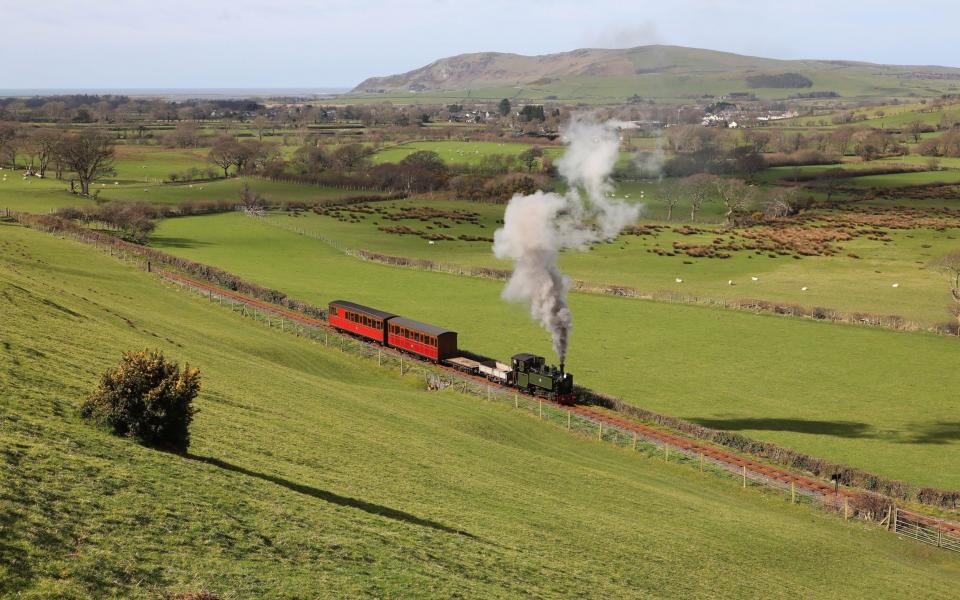
Today, the crockery doesn’t rattle when trains pass and the stone tiles stay firmly in place but running to the bottom of the garden to wave at Pullman coaches being towed by a hissing steam locomotive, is one of the bygone thrills of a stay in Stanley Pontlarge. The only other sounds are the bleating of rare-breed sheep in neighbouring paddocks and birdsong.
Inside, flagstone and parquet floors, dark furniture, woodwork painted in earthy colours and shelves of books create a relaxing, almost monastic ambience. I spent happy hours in the east-facing window-seat reading and gazing through the panes. Occasionally a horse and rider clopped by on the lane, swifts flew high in the sky and, in the golden evening, a barn owl quartered the meadow.
“We’ve tried to keep the feel that the house had when my parents lived here but without the piles of papers and magazines everywhere, boxes of which have been relocated to Ironbridge Gorge Museum as part of an archive of my father’s work,” says Tim. “We want to maintain my parents’ philosophy of not wasting things and keeping everything simple. We don’t want digital this or that.”
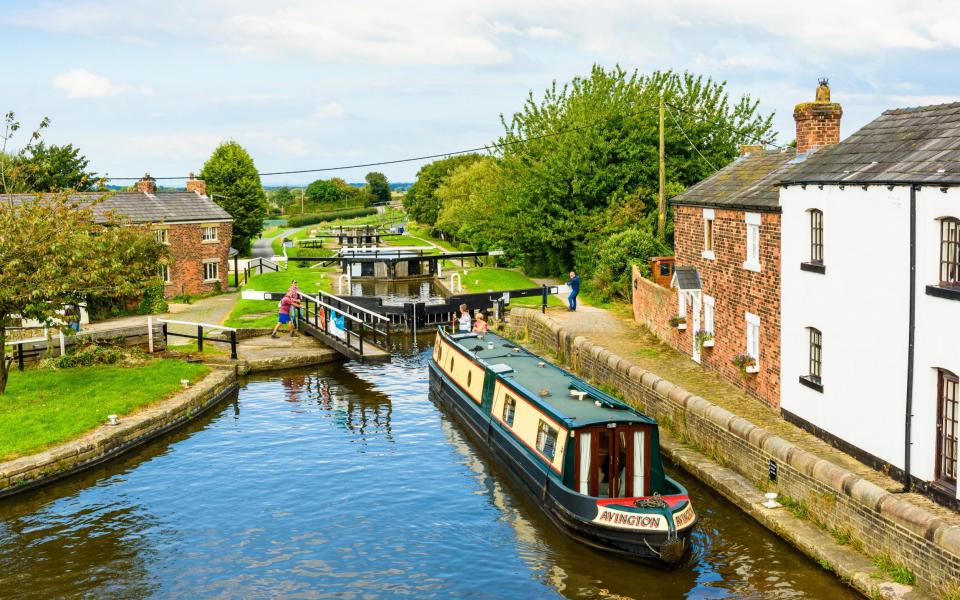
The three bedrooms share one bathroom, albeit an enormous one with a cast iron roll-top bath. The beds are firm, the decor restrained, showcasing Sonia’s good taste which saw her employed to furnish the properties of The Landmark Trust when it started in 1965. The only concessions to the 21st century are Wi-Fi and a smart TV – but almost every windowsill has a vase of fresh garden flowers and the shelves heave with cloth-bound classics and poetry.
Upstairs, Tom’s desk is still there. The pigeonholes, once stuffed with correspondence – perhaps from his friend, the poet John Betjeman, who enjoyed addressing Tom as Mr Stanley Pontlarge – are now a cabinet of curiosities, salvaged by Tim and his partner Petra after Sonia’s death. There are opera glasses, model trains, and a pipe.
“When Mum would send me to fetch Dad to come down for our evening meal, his office was always a fug of blue smoke,” says Tim, who was paid a sixpence to run to the postbox with the day’s letters. Sadly, Tom’s typewriter has been temporarily misplaced, lent to an exhibition somewhere.
If you are more inclined to be outdoors, the back garden, where Tom would set up model railways for the boys, is shady with a horse chestnut and pear trees. A patchwork of flower borders is full of herb robert, ox-eye daisies, foxgloves and long grasses; an English cottage garden delightfully turning wild. The house itself – two buildings, one dating from the 14th century and one from the 18th – has a history that fills a chapter of Tom’s autobiography. On the southern wall are the marks of a small medieval sundial – or “mass dial” – and a newly carved inscription to Tom Rolt.
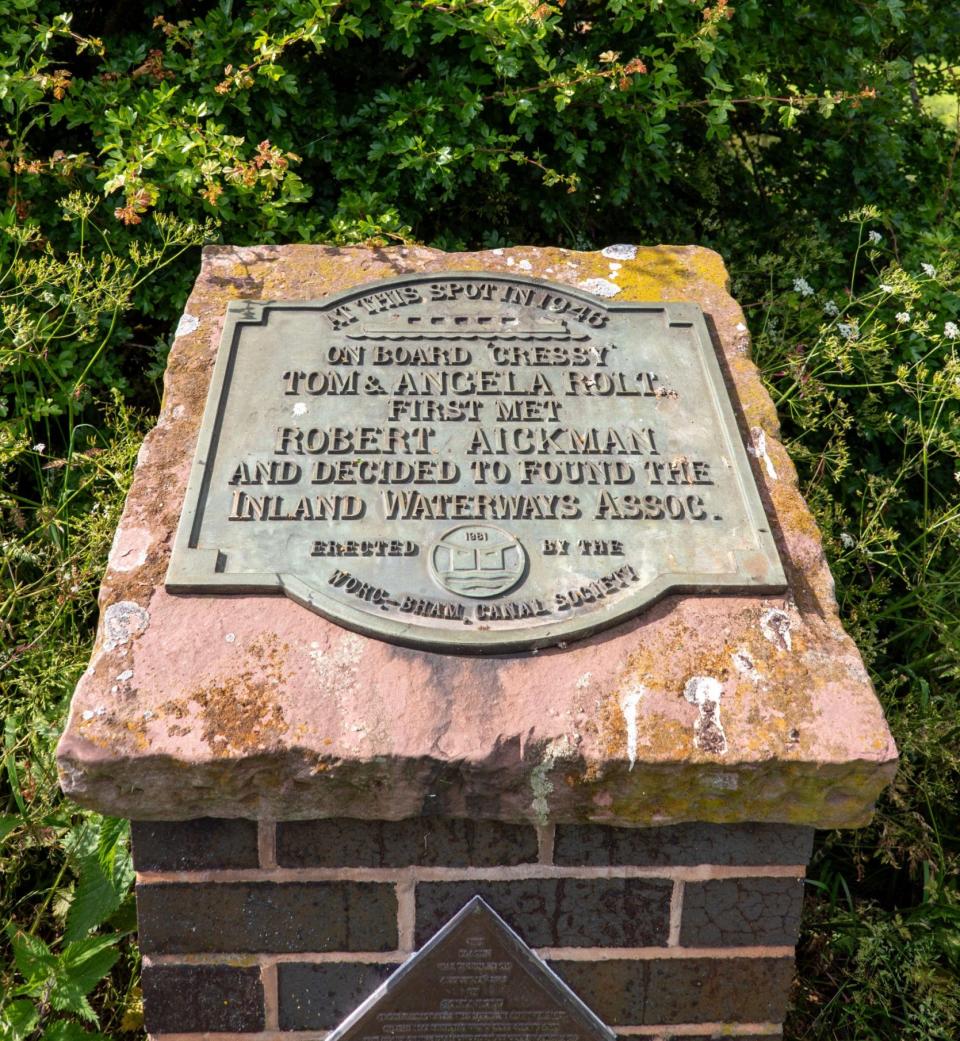
Through the wooden gate and past the chapel, a bridleway leads uphill through meadows of purple flowering grasses and orchids to a long-distance path, the Gloucestershire Way. With four friends, I hiked up to Langley Hill and then down to the village of Gretton where we ate Sunday lunch in The Royal Oak while steam trains whistled past at the bottom of the garden and red kites wheeled high in the blueness.
The day had started with a church service. Apart from the vicar apologising that we would have to sing the hymns unaccompanied because he had forgotten his bluetooth speaker, I imagined the day not too dissimilar to one that Tom and Sonia might have enjoyed – in a rare break between writing – in the 1950s. I have a feeling Tom would have rolled his eyes at the reverend’s announcement though.
How to do it
The Cottage, sleeping six, is available to rent from £217 per night. There is also a small bungalow in the grounds, built by Tom for his mother. Orchard Cottage sleeps two (plus two children in an adjoining bunk room). For more information about LTC Rolt and how to stay in his former home or Orchard Cottage visit www.ltcrolt.org.uk. The first biography of Tom Rolt has just been published (May 2024) by Pen & Sword Books.


